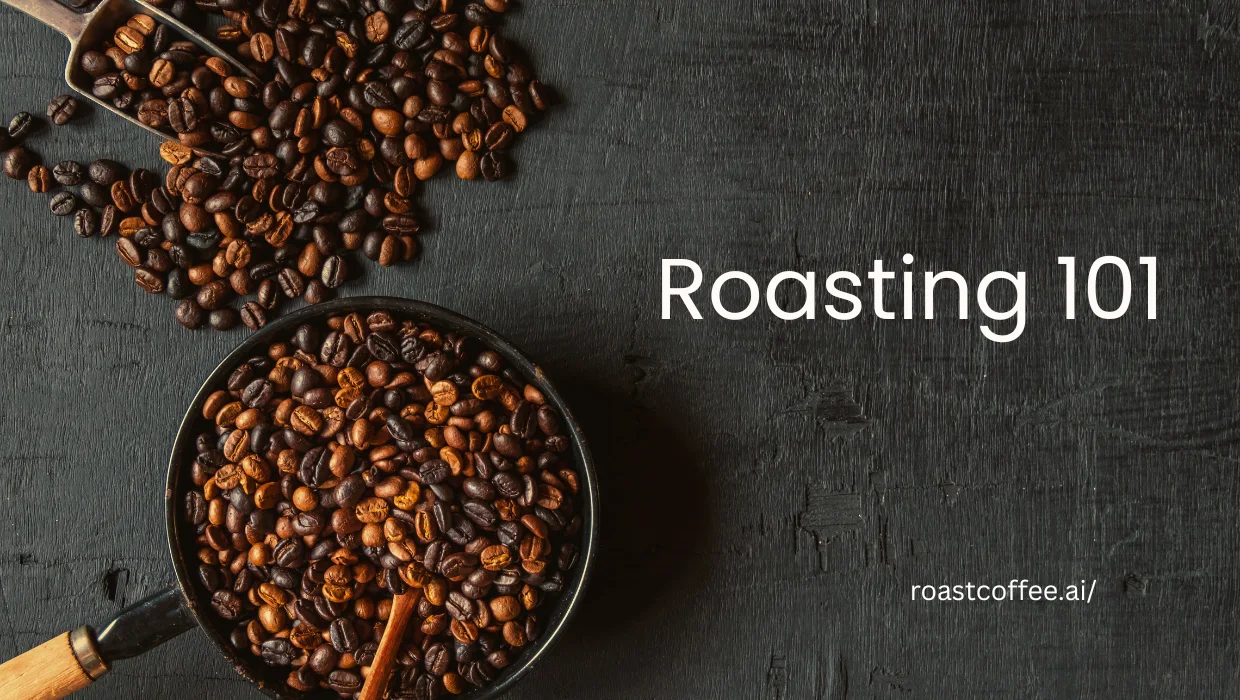Know Your Coffee Green Beans: Peaberries (from multiple regions: Tanzania, Brazil, Kona)
Welcome back to the heart of coffee! In this post, we’re focusing on a naturally occurring curiosity that coffee enthusiasts highly prize: the Peaberry. This isn’t a varietal, but a rare mutation where the coffee cherry develops only one rounded seed instead of the usual two flat-sided seeds. Found in only about 5-10% of a coffee harvest, Peaberries are celebrated for their unique shape, which is believed to result in a superior, more concentrated flavor profile.
🌍 Where It Is Grown
Peaberries can occur in any coffee-growing region and on any coffee tree worldwide. They are most famous, however, when separated and sold as a premium product from specific origins known for high quality.
- Key Origins: Most famously associated with Tanzania (often from the slopes of Mount Kilimanjaro), Brazil, and Kona, Hawaii. Many high-quality African origins (like Kenya) also meticulously sort and sell their peaberries.
- Varietals & Conditions: They occur in all varietals (Arabica and Robusta), but are separated from high-quality Arabica lots where the flavor is most pronounced.
- The Peaberry Mutation: Occurs when one of the two ovules inside the coffee cherry fails to be fertilized or develop, allowing the single remaining seed to grow round and fully enclosed, absorbing all the cherry’s nutrients.
☕ What It Tastes Like
The general consensus is that Peaberries, due to their concentrated form, offer a cleaner, more vibrant, and often sweeter cup than their flat-bean counterparts from the same crop.
- Acidity: Often brighter, livelier, and more pronounced than regular beans. For Tanzanian Peaberries, this is often a vibrant citrus or berry-like acidity.
- Body: Medium to full, typically described as smooth, silky, or rich.
- Common notes: The flavor is highly dependent on the origin, but is generally more concentrated.
- Tanzania Peaberry: Bright citrus (lemon, orange), blackcurrant, floral notes.
- Kona Peaberry: Smooth, sweet chocolate, nutty, and clean finish.
- Brazil Peaberry: Heavier body, sweet cocoa, and nutty flavors.
💰 Market / Price Insights
Peaberries are consistently priced as a premium or ultra-premium specialty coffee.
- Pricing: The higher price is a direct result of their rarity and the significant extra labor required to separate them from the rest of the crop. This meticulous hand-sorting or mechanical sifting adds a step to the processing, increasing the cost but ensuring a uniform, premium product.
- Demand: They are highly sought after by specialty roasters and consumers for their perceived superior flavor and unique story, often sold as exclusive, small-batch offerings.
💧 Processing Method
The Peaberry mutation occurs on the tree, but the key step in processing is the separation of the round beans from the normal, flat beans.
- Formation: Peaberries are harvested alongside normal coffee cherries. You cannot tell from the outside of the cherry if it contains a Peaberry.
- Separation: After the main processing (washed, natural, or honey), the dried beans are put through a special sorting process (often with sieves or density tables) to separate the round Peaberries, or caracoli, from the flat-sided beans.
- Uniformity: This dedicated sorting step is crucial, as the Peaberries’ round shape and density require a different, more controlled roasting approach than the flatter beans.
🔥 How to Roast It
Peaberries are considered a roaster’s delight due to their unique, uniform shape, but they require attention due to their density.
- For Beginners: Peaberries tend to roll and move more uniformly in a drum roaster, leading to a very even, consistent roast. A medium to medium-dark roast (Full City to Full City+) is ideal to fully develop their concentrated sweetness and brightness without losing their unique characteristics.
- For Advanced Roasters: Their increased density means heat must penetrate further to the center. Roasters often apply a slightly longer or more intense application of heat at the beginning to ensure the center of the bean is fully developed.
💡 Post Roasting Requirement
A standard rest period of 2–4 days is usually sufficient. Store the roasted beans in a cool, dark, airtight container to allow the concentrated flavors and bright acidity to mellow into a balanced, complex cup.
😋 Flavor Profile / Tasting Notes
- Cupping Descriptors: Expect a concentrated aroma that reflects the bean’s origin (citrus and floral for African Peaberries, cocoa/nut for South American). The taste profile is marked by a bright, clean, but rounded acidity, a rich mouthfeel, and a distinctly concentrated flavor intensity.
- Comparisons: The flavor is often described as a more intense and refined version of the flat-bean coffee from the very same farm, with a unique balance that enthusiasts cherish.
☕ Brewing Recommendations
Peaberries’ concentrated flavor profile shines through in almost any brew method, but those that allow for a clean cup highlight their clarity.
- Pour Over (V60/Chemex): Excellent for showcasing the bright, clean acidity and complex fruit or citrus notes, allowing the unique character to stand out.
- French Press: The dense body holds up beautifully in a French Press, resulting in a rich, full-bodied cup with a concentrated depth of flavor.
- Espresso: Highly valued in espresso blends or as a single-origin shot for its naturally smooth texture, concentrated flavor, and potential for a fine, rich crema.
A Legacy of Rarity and Quality
The Peaberry is a testament to the natural wonders and meticulous labor of specialty coffee production. While the mutation is random, the decision to separate and market these rare beans is a conscious choice by producers and exporters—notably in Tanzania—to offer a premium, distinct product. This extra effort ensures the coffee’s unique physical characteristics translate into the prized, concentrated flavor that makes Peaberries a consistent favorite among connoisseurs.
❓ FAQs
Q: Is Peaberry a separate variety of coffee plant?
A: No, Peaberry is a natural mutation that occurs on standard coffee plants (Arabica or Robusta) when only one seed develops in the coffee cherry instead of two. It is a physical characteristic, not a botanical varietal.
Q: Why do Peaberries taste better?
A: The two main theories are: 1) The single bean receives all the nutrients from the cherry, leading to a concentrated flavor. 2) Their uniform, round shape allows for a much more even and consistent roast, which better develops the flavor.
Q: Are all Peaberries expensive?
A: They are generally more expensive than their flat-bean counterparts from the same region because the low yield (5-10% of the crop) and the costly, labor-intensive separation process add significant overhead to the final price.
Until the next sip, keep exploring the world of coffee. Explore our roasting tips, or read about another gem in our “Know Your Coffee Green Beans” series!


